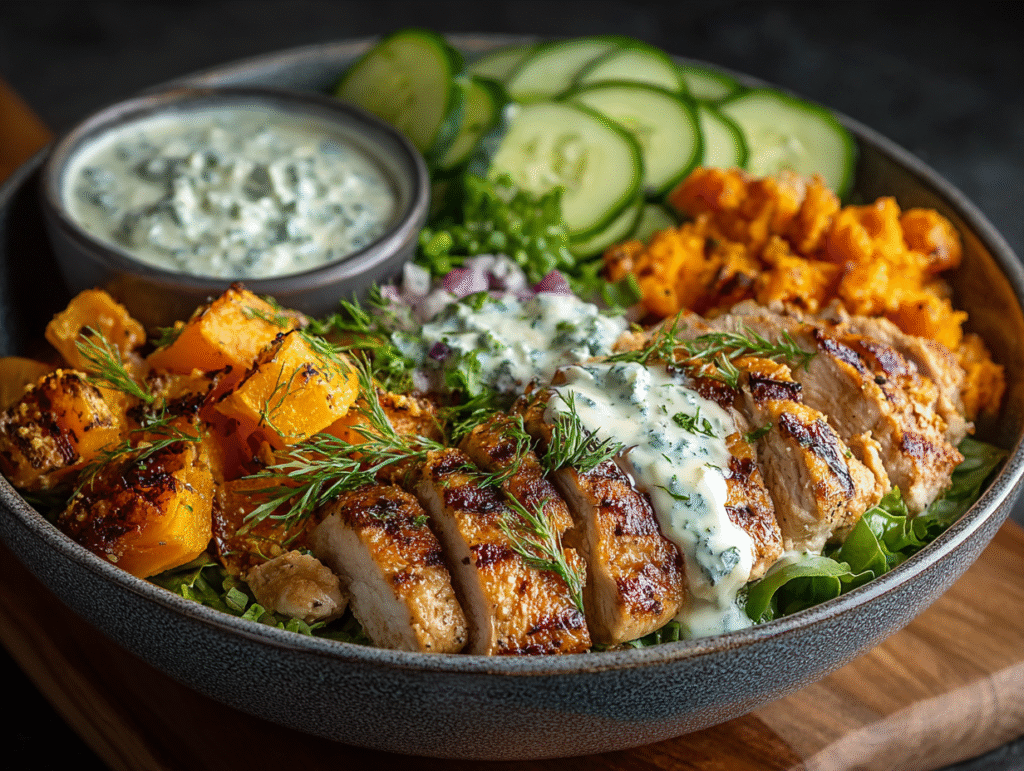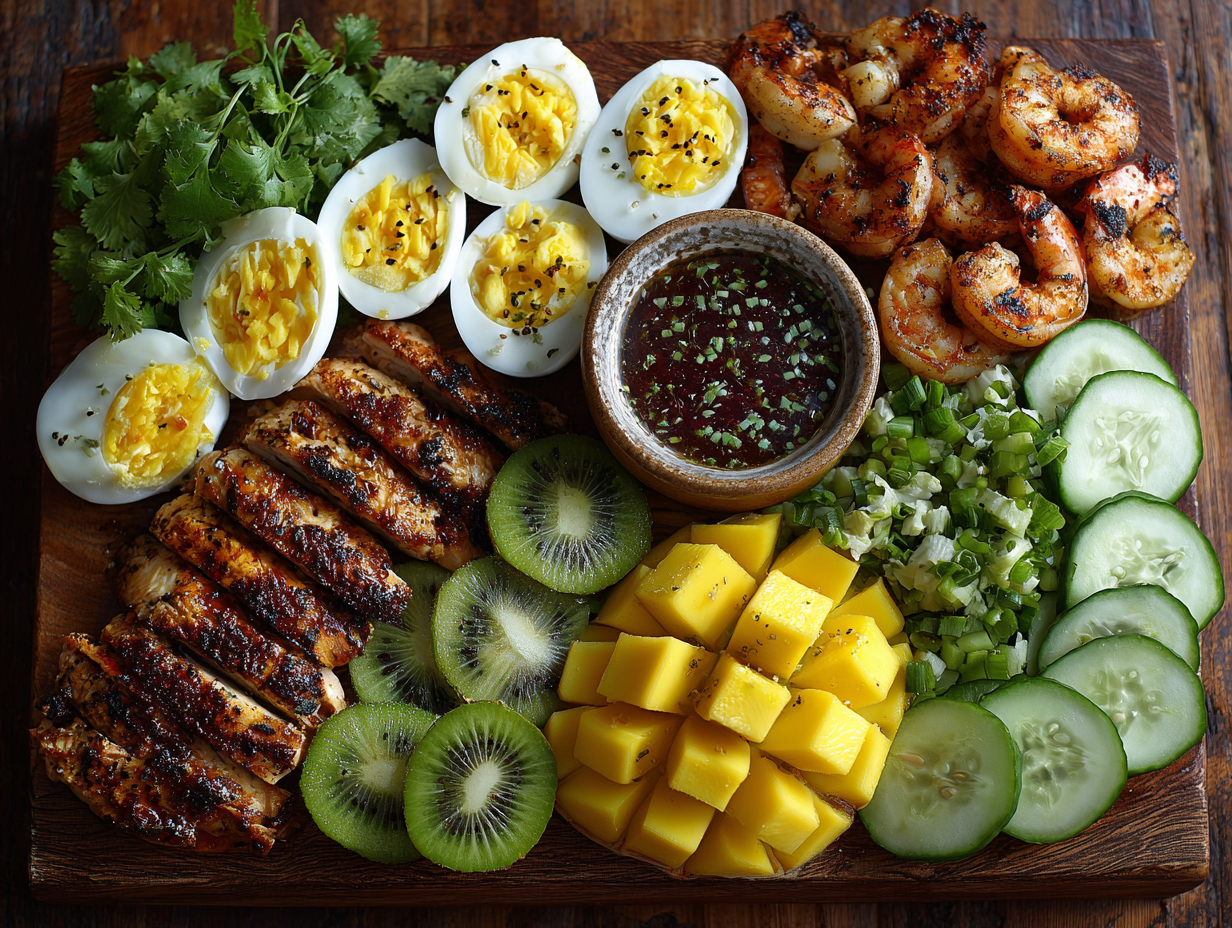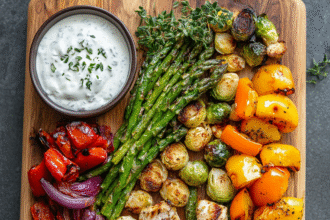The Number One Reason Most People Overeat
“I need a snack.”
How often have you said or heard this throughout the day?
For many people, frequent eating — meals, snacks, desserts, drinks, pick-me-ups — has become so normalized that we no longer question it. But if we zoom out, there’s one underlying reason driving most of this behavior:
Unstable blood sugar.
It’s not about lack of willpower.
It’s not just emotional eating.
It’s not even always about hunger.
The truth is, when your blood sugar is on a rollercoaster, your body sends urgent signals to eat again — and fast.
Let’s unpack this.
Why We Overeat: The Blood Sugar Connection
When you eat a meal that’s high in refined carbohydrates or low in protein and fiber, your blood sugar spikes rapidly. Your body, in response, releases insulin to bring those levels back down. But here’s the problem:
The crash that follows can make you feel tired, irritable, shaky — and hungry again.
This cycle repeats all day long.
And it’s been unintentionally reinforced by outdated nutrition advice:
- “Eat 6 small meals a day.”
- “Never skip breakfast.”
- “Carry snacks to avoid crashing.”
While well-intentioned, this mindset has left most people eating constantly — and still feeling unsatisfied.
What are we actually doing? Feeding the crash.
The Hidden Cycle of Overeating
Let’s break down the blood sugar–overeating loop:
- You eat a high-carb or low-protein meal.
- Your blood sugar spikes.
- Insulin floods your system.
- Blood sugar drops too low.
- You feel foggy, shaky, or anxious.
- You reach for a snack (again).
- Repeat.
This pattern drives constant hunger, cravings, and ultimately, overeating — even if your total calorie need wasn’t that high to begin with.
My Story: From “Three Meals and Three Snacks” to Real Energy
In my late 20s and early 30s, I followed the exact pattern above.
I thought I was doing everything right:
- Three meals a day.
- Three healthy snacks in between.
- Granola bars, fruit, smoothies — you name it.
But I was constantly tired.
Always reaching for something.
And deep down, I was afraid — afraid that if I skipped a snack or a meal, I’d faint or lose energy.
What I didn’t realize was this:
My meals lacked a foundation in protein and fiber.
They were carb-heavy and quick-burning.
That fear of “energy loss” wasn’t just psychological — it was my body’s response to unbalanced blood sugar.
Everything changed when I became a health coach and started researching the role of protein, fiber, and blood sugar stability.
I shifted to:
- High-protein breakfasts (like smoothies with 35g of protein)
- Fiber-rich vegetables at every lunch and dinner (6–10g fiber per meal)
- No more snacking — because I didn’t need it
Now? I can easily go 5–6 hours without eating.
I can fast for 16 hours with ease.
No crashes. No fear. Just steady energy.

One of my go-to meals: grilled chicken, sweet potatoes, greens, and tzatziki. Balanced and satisfying.
Why Stable Blood Sugar Changes Everything
When your blood sugar is balanced:
- You feel full longer
- Your cravings disappear
- You burn fat more efficiently
- Your mood stays consistent
- You naturally eat less without trying
You’re not forcing yourself to eat less — your body is finally regulated.
How to Balance Your Blood Sugar (and Stop Overeating)
Here’s the formula I live by — and teach:
1. Make Protein the Main Focus of Every Meal
Aim for at least 30g per meal.
Think: chicken, eggs, Greek yogurt, tofu, fish, whey protein smoothies.
👉 Related: How to Always Eat High-Protein and High-Fiber Meals
2. Add 25–30g of Fiber Daily (for women)
- From vegetables (Brussels sprouts, sweet potatoes, peppers)
- From fruit (kiwi, pears, apples)
- From legumes and lentils
My tip: Half a plate of colorful vegetables = blood sugar gold.
3. Cut the Constant Snacking
You don’t need to “graze” all day.
If your meals are balanced, you’ll stay full for 4–6 hours easily.
👉 Related: Easily Hit 100g Protein and 25g Fiber Daily — My Daily Routine
4. Try Intermittent Fasting (Optional, Not Required)
A simple 16:8 fasting window (fast for 16 hours, eat within 8) can help regulate blood sugar — but only when meals are balanced.
Don’t fast on low-protein diets — it backfires.
5. Stay Hydrated, But Don’t Mistake Thirst for Hunger
- Start your day with lemon salt water.
- Sip water or herbal teas between meals — not lattes with sugar.
The Rise of Fasting and High-Protein Nutrition
It’s no surprise that in recent years, trends like intermittent fasting, high-protein diets, and fiber-rich eating have exploded in popularity.
They’re not just fads — they’re corrections to decades of poor advice.
People are tired of being tired.
Tired of eating constantly and still feeling empty.
Tired of chasing energy through snacks and sugar.
And it all comes back to one simple principle:
Balance your blood sugar, and your body will balance itself.
👉 Related: The Benefits of Fasting Beyond Weight Loss
Final Reflection: Overeating Is Not About Willpower — It’s About Biology
If you’ve struggled with overeating, you’re not lacking willpower.
Your biology is responding exactly as it should to unstable blood sugar (and sometimes stress — more on that later).
But you can take back control — with food that works for your body, not against it.
It’s not about eating less.
It’s about eating smarter — so you don’t need more.









